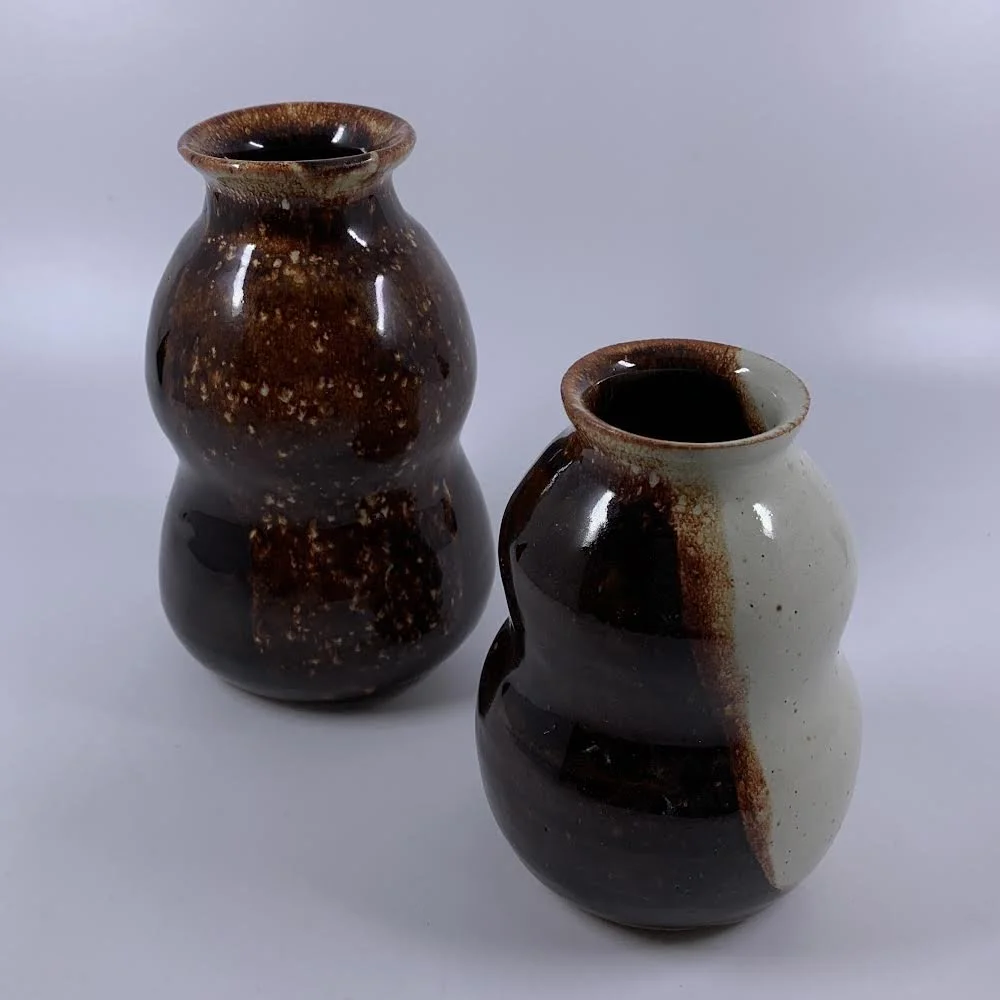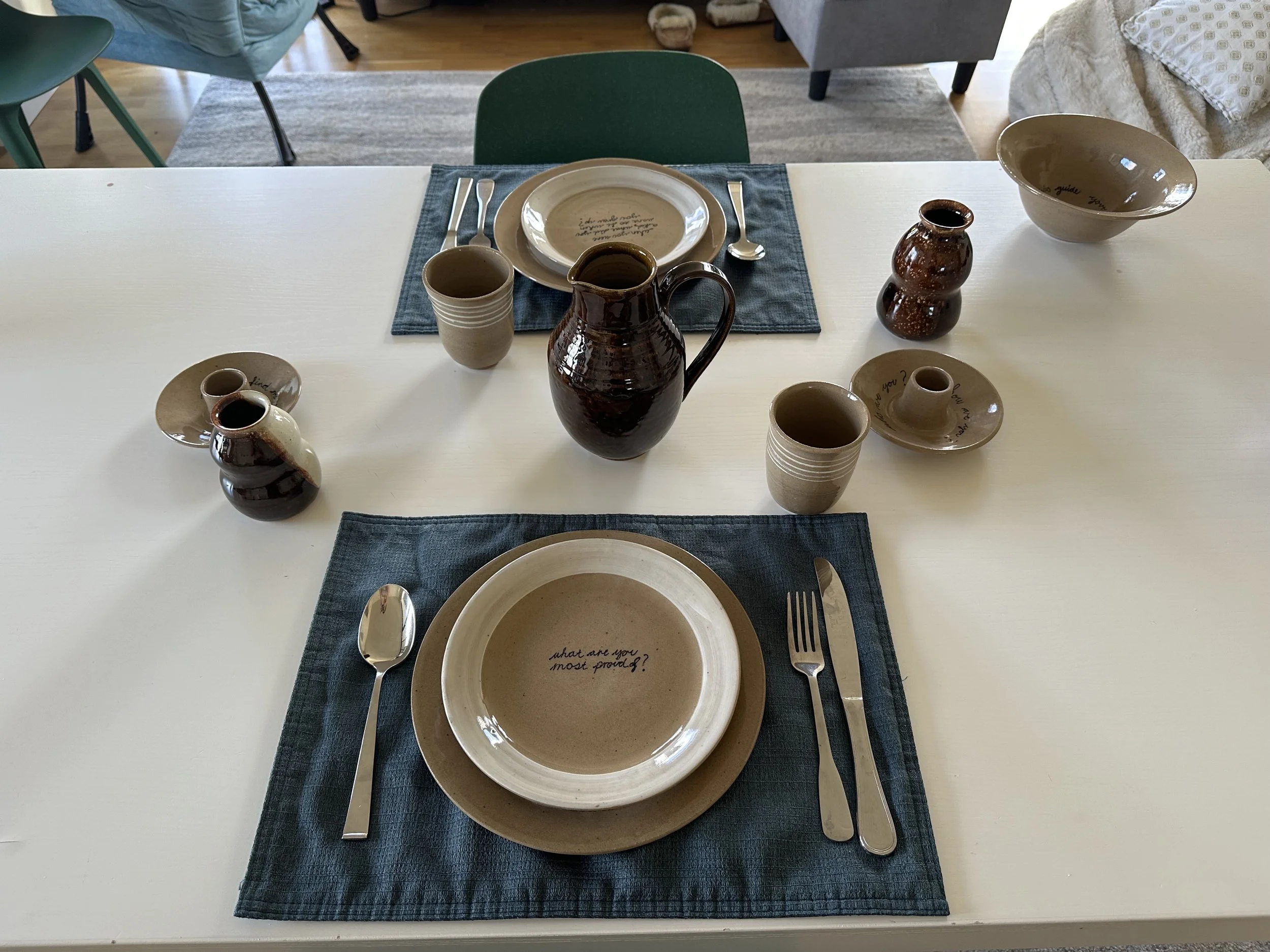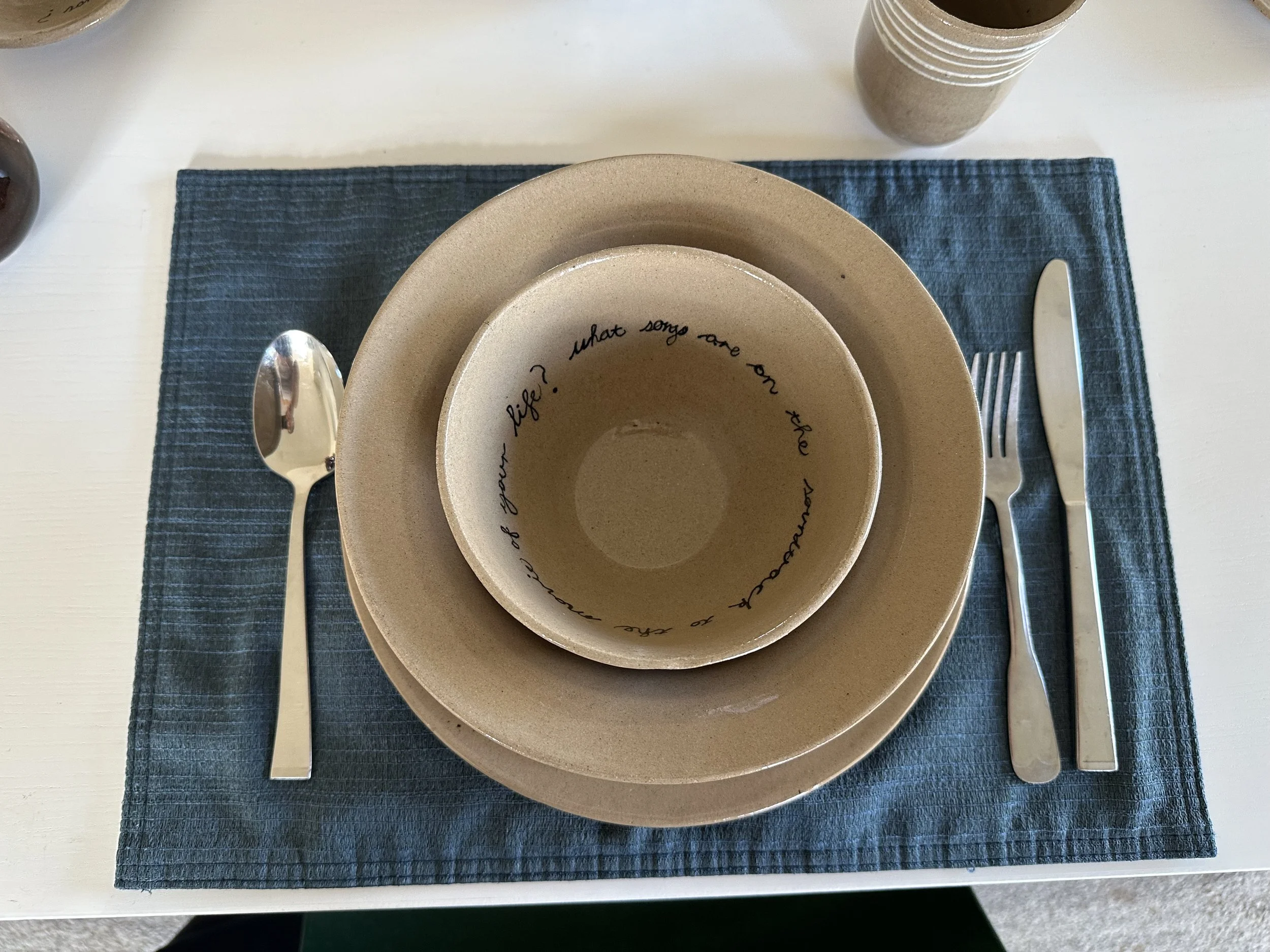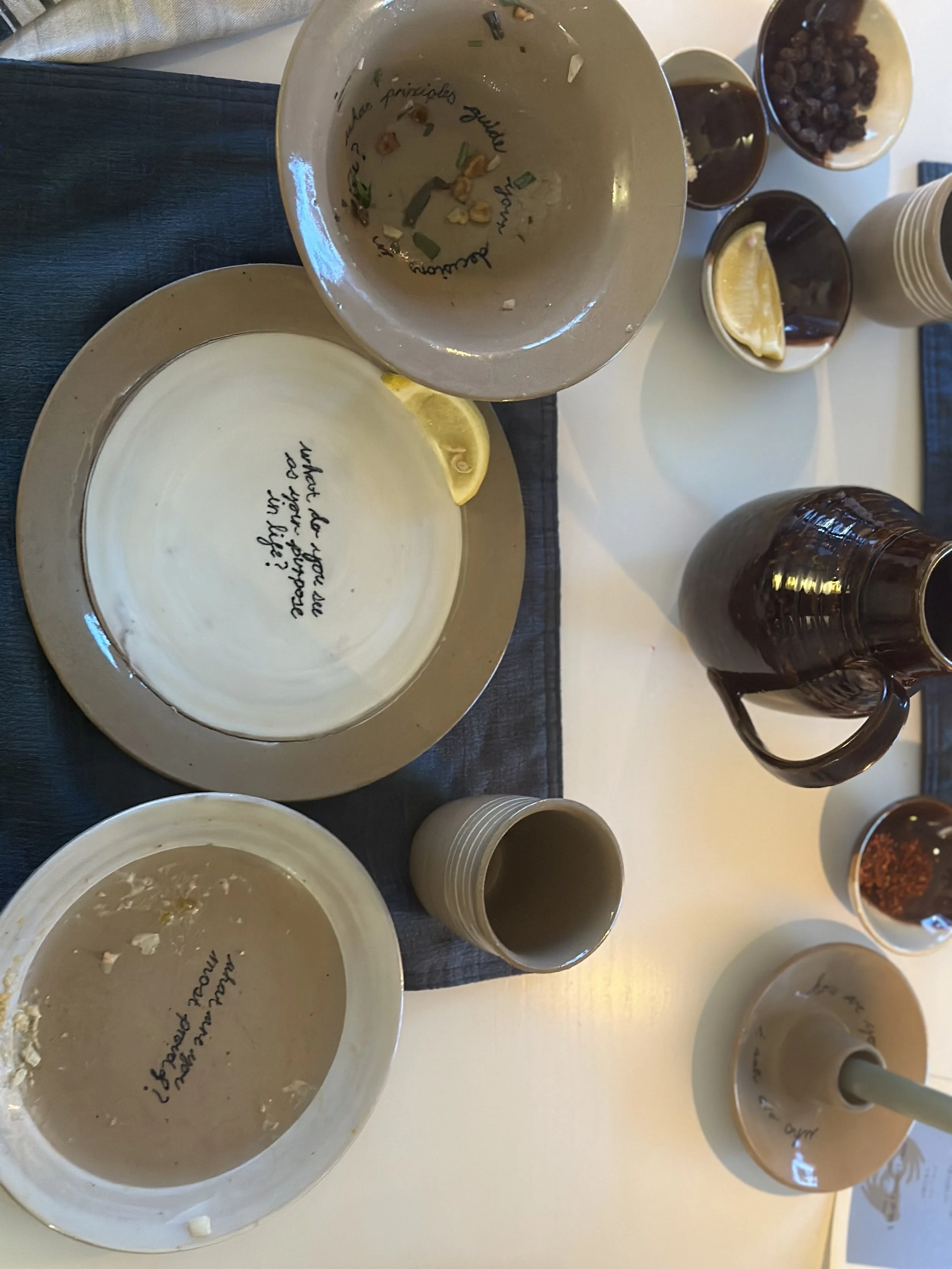A Meal Toward Connection
If you had 24 hours to make two strangers fall in love, what would you have them do? This question, a personal favorite I devised last spring, became a staple in the interviews conducted by my senior society. It prompts both lighthearted and profound responses, offering insights into a person's outlook on life, love, relationships, and their approach to forming meaningful connections.
The starting point for my 24-hours would be this final ritual piece—a culmination of the most significant aspects of my four and a half years at Yale, encapsulating rituals from various groups and activities that have fostered lifelong friendships. It has also been a test of my ceramic skills that have marked a significant part of my time at Yale. So given 24 hours, I would have my two strangers share a delicious multi-course meal, guided with questions that get at the heart of who they are, what they love, and how they have been shaped by their past. Combining a romantic dinner date, the famous 36 questions that lead to love, and the best chocolate cake they’ve ever had in their lives, I doubt I’d even need the full day to make them fall in love.
The ritual grounding my piece is pretty simple: dinner table discussion. The nature of the discussion stems from a tradition in my improv comedy group, The Viola Question, which from beginning to end has been the best and most important group I have ever been a part of. During our fall banquet and “prom night” on winter tour (two nights that are just an excuse to dress up and share a meal together), one person leaves a question on a slip of paper under each person’s plate. The questions are designed to evoke answers and stories that the group might not otherwise know. About halfway through the meal, we go around the table, each answering our question, learning more about ourselves and each other.
Incorporating this practice into the dinner dishes themselves, I hope to give the ceramics that have always been there a more active role at the dinner table. As participants eat, they reveal and answer the questions on the dishes. The questions go from light-hearted to more introspective as the courses progress, guiding and enhancing the natural flow of discussion. The hors d'oeuvres platter starts with fun “this or that” questions, the soup bowls then go into questions on what makes us happy, the salad plates ask how our past has shaped us, and the pasta bowls and dinner plates dive deeper into who we are and how we approach life. Finally, the dessert bowls ask us to reflect on the meal shared, and what flavors and insights will linger beyond this. The cups, deviating from questions, allow participants to commence the meal with a 'vibe check,' tying a ribbon around their chosen metric—such as energy level or mood—based on the corresponding stripe level (one set with three, another with five).
With this piece, my aspiration is to transform 'getting a meal' from a curious Yale meme that exposes the busyness of student life—where time with friends is often limited to shared meals—into a genuine means of connecting with others over food. Personally, it brings back memories of my improv group, senior society, living arrangements with close friends, the Murray pottery studio, and other spaces and activities that have cultivated my most meaningful relationships. For others, I envision it fostering vulnerability, reflection, and connection.




























